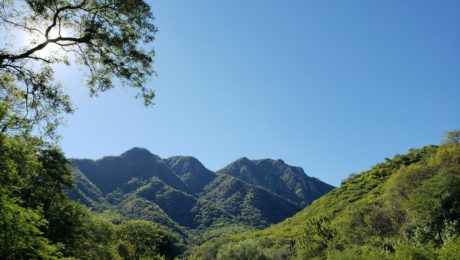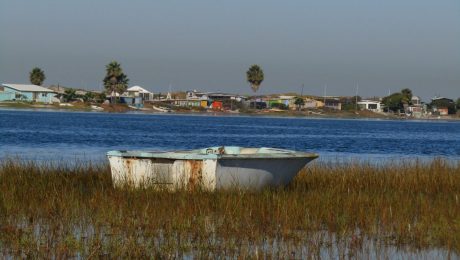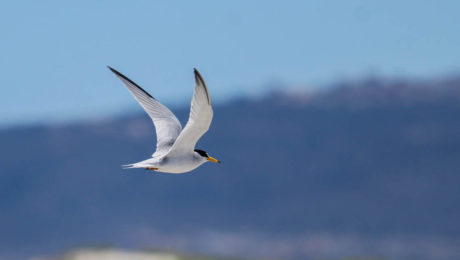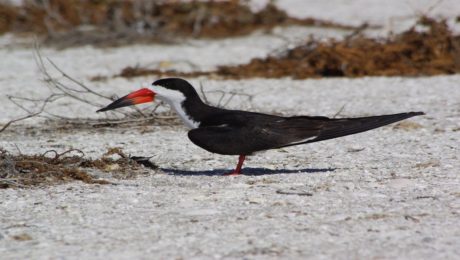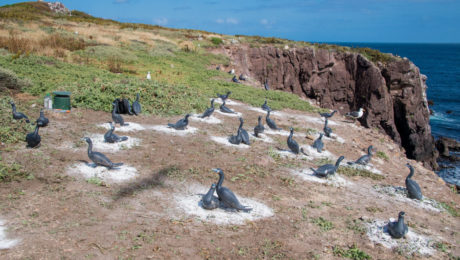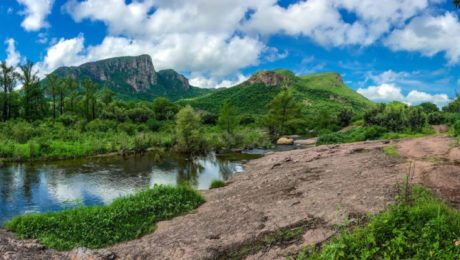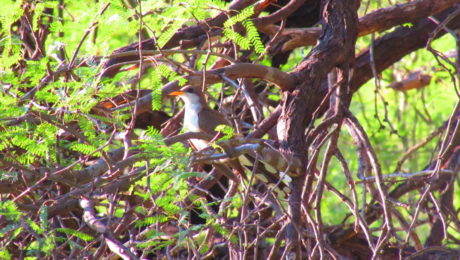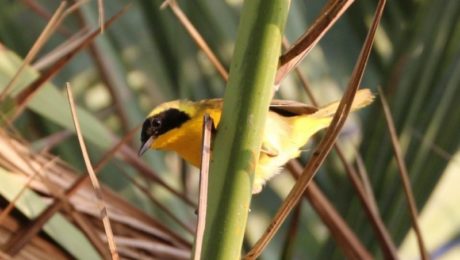An Effective Alternative for Habitat Conservation
The Voluntary Conservation Areas program is a powerful tool that allows landowners to protect habitat, expanding the reach of land conservation efforts in Mexico.
- Published in News
Highways, Laws, and Birds
Did you know that birds are frequent victims of collisions with motor vehicles? Wildlands Network is a leader in the field of road ecology, which aims to understand and mitigate wildlife-vehicle collisions.
- Published in News
A Red Knot’s Journey to Mexico’s Coastal Wetlands
Every year, an incredible journey binds the Arctic with the Sonoran Desert coasts 6,000 km away, where a network of beaches, estuaries, and wetlands provides some of the most important stopover and non-breeding habitat for migratory birds.
- Published in News
Light-footed Ridgway’s Rail on the Edge
Invasive species, feral dogs, the surrounding urban and agricultural growth, and climate change threaten the coastal wetland of Punta Banda and the Light-footed Ridgway’s Rail. We need a protection formula that allows Ensenada to care for its landscape, because the rail’s health depends on the health of the ecosystem.
- Published in News
California Least Tern and Western Snowy Plover Recovery Efforts in Mexico
Nesting populations of California Least Tern and Western Snowy Plover are on the rise in Mexico thanks to collaborative conservation efforts. However, they still face many threats including loss and degradation of coastal dune habitat.
- Published in News
Monitoring Migratory Waterbirds in Mexico’s Wetlands
The coastal wetlands of northwestern Mexico are some of the most important habitat for migratory waterbirds that winter in Mexico. With funding support from the Sonoran Joint Venture’s Awards Program, a coordinated monitoring protocol was developed and implemented through a collaborative effort across priority sites to better inform conservation and management decisions.
- Published in News
Successful Restoration of Mexican Islands
To conserve island biodiversity, the Group of Ecology and Conservation of Islands, A.C. (GECI), has been working for the last two decades in collaboration with government agencies, academic institutions, fishing cooperatives and a network of donors, to carry out a national program of restoration and conservation of the islands of Mexico.
- Published in News
Monte Mojino Reserve, Álamos Sonora
Nature and Culture International’s Monte Mojino Reserve has grown from a small reserve to 6,800 ha of tropical deciduous forests, riparian forests, and pine-oak forests covering about 10% of the total area of the Cucujaqui River watershed. Because of its location in the western Sierra Madre where the neartic zone meets the neotropical zone, the area is very biologically diverse, and home to over 200 species of birds. Next year, with funding from the SJV and in collaboration with researchers from the region, NCI will start a more in-depth study regarding habitat use and requirements of cavity-nesters in Monte Mojino Reserve.
- Published in News
SJV Awards Program Enables Expansion of Cuckoo Research in Mexico
Thanks to the Sonoran Joint Venture’s Awards Program, the Southern Sierra Research Station facilitated a Western Yellow-billed Cuckoo survey training workshop for Mexican biologists to lead surveys in Northwestern Mexico. Researchers and students from the University of Sonora, Sonora State University, the Ecological Center of Sonora, and the Ecology and Sustainable Development Commission of the State of Sonora, had the opportunity to learn about the biology and ecology of the Western Yellow-billed Cuckoo, as well as the methodology to carry out surveys for this species during the workshop held in Hermosillo, Sonora, in 2017.
- Published in News
Belding’s Yellowthroat Conservation in southern Baja California
The SJV Awards Program supported the work of biologists in Baja California Sur to research the endemic and endangered Belding’s Yellowthroat, as well as to develop strategies for its conservation.
- Published in News


 English
English  Español
Español 